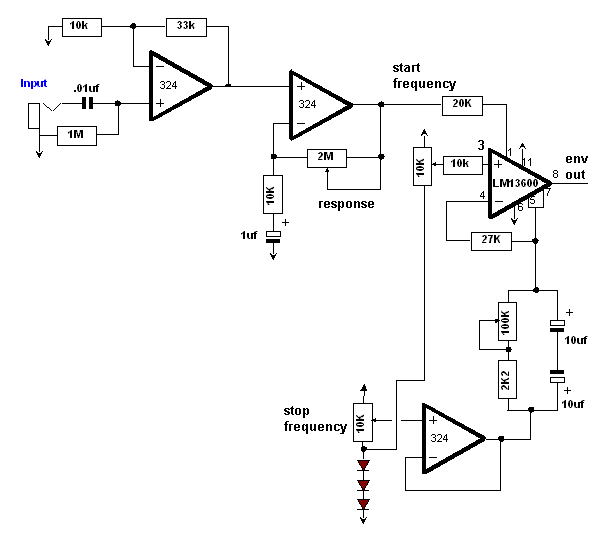> leave pin 5 floating?
No.
The 3080 is an op-amp PLUS a throttle control. You NEED current into pin 5; otherwise the 3080 is throttled OFF.
Around 1mA of current gives Full Gain.
At zero current you get zero gain.
Zero gain is not very interesting.
In this case, the overall gain is the throttle-controlled gain limited by the cap loading the 3080 output and the overall 10K,10K feedback loop. Low frequency gain is always 10K:10K= 1:1. Highest frequency gain is always zero because of the cap. So the response is flat up to some medium frequency, and then falls off. The point where it changes from flat to fall-off is set by the cap (fixed) and the current into pin 5 (variable by A4 and all the stuff top-left).
With two such low-pass filters, closely tracking, and feedback through the Resonance side-chain, the low-pass can be a peaking filter.
The whole point is that you can get a one-knob tunable filter with multiple current-controlled 3080s. If you wanted a fixed-frequency filter, you could do that a lot simpler than a bunch of 3080s and their control system.
The circuit is correct and workable as drawn. It does not need re-engineering. If you only want a manual-knob filter, you will never use it with analog synth or other voltage-control systems, you can omit some of the top-left stuff, but I would leave it all in.




